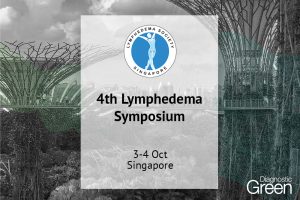Introduction: Bile duct injury is a major complication of laparoscopic cholecystectomy (LC). Indocyanine green near-infrared fluorescence cholangiography (ICG-NIFC) is a well-recognized technique who provides an intraoperative mapping of the biliary system.
Methods: All patients underwent urgent LC and randomly divided into two groups: in one group, only white light imaging was used and, in the ICG group, ICG was used. Due to the heterogeneity of our groups, a PSM was performed with a 1:1 PSM cohort.
Results: The use of ICG clearly decreases the operation time (p value 0.002). The overall rate of intra- and post- operative complications was 4.17% and 15.8% respectively. Post-operative biliary duct injury trend decreases in ICG group and after the homogenization of the 2 cohorts, the intra- and post- operative complications (including vascular and biliary duct injury) results changed with a highest rate of complication in the cohort with no-ICG administration. The use of NIFC demonstrated a protective effect against intra- and post- operative complications and biliary duct injury (HR 0.037, p value 0.337 and HR 0.039, p value 0.647; HR 0.288; p value 0.05 and HR 0.635; p value 0.687, respectively).
Conclusions: The intra-operative use of NIFC showed a trend in the reduction of the rate of intra- and post-operative complications, the duration of surgery, and the length of hospital stay. ICG is a highly safe approach to urgent and emergency LC, as for elective LC, and could lead the surgeon to conduct the procedure more efficiently.




